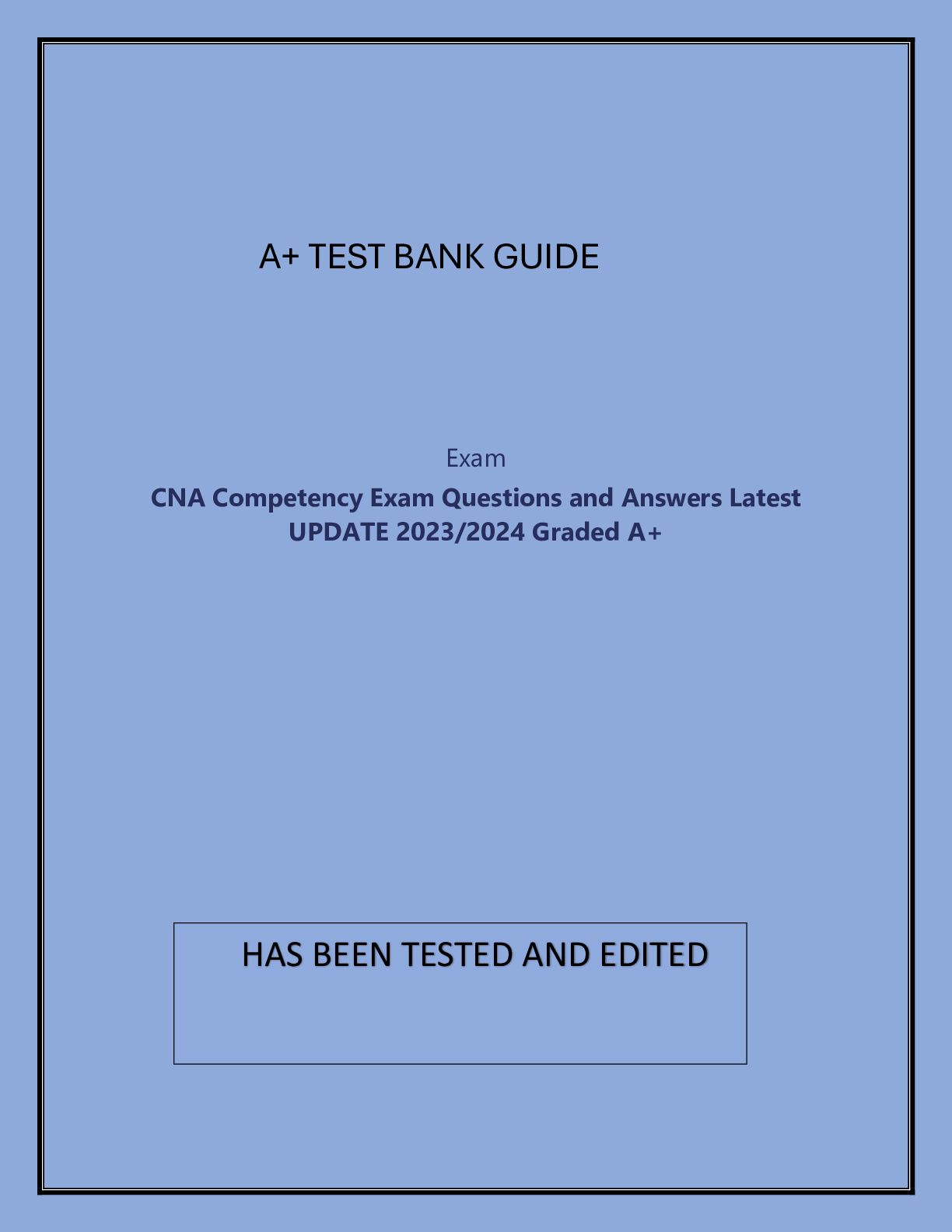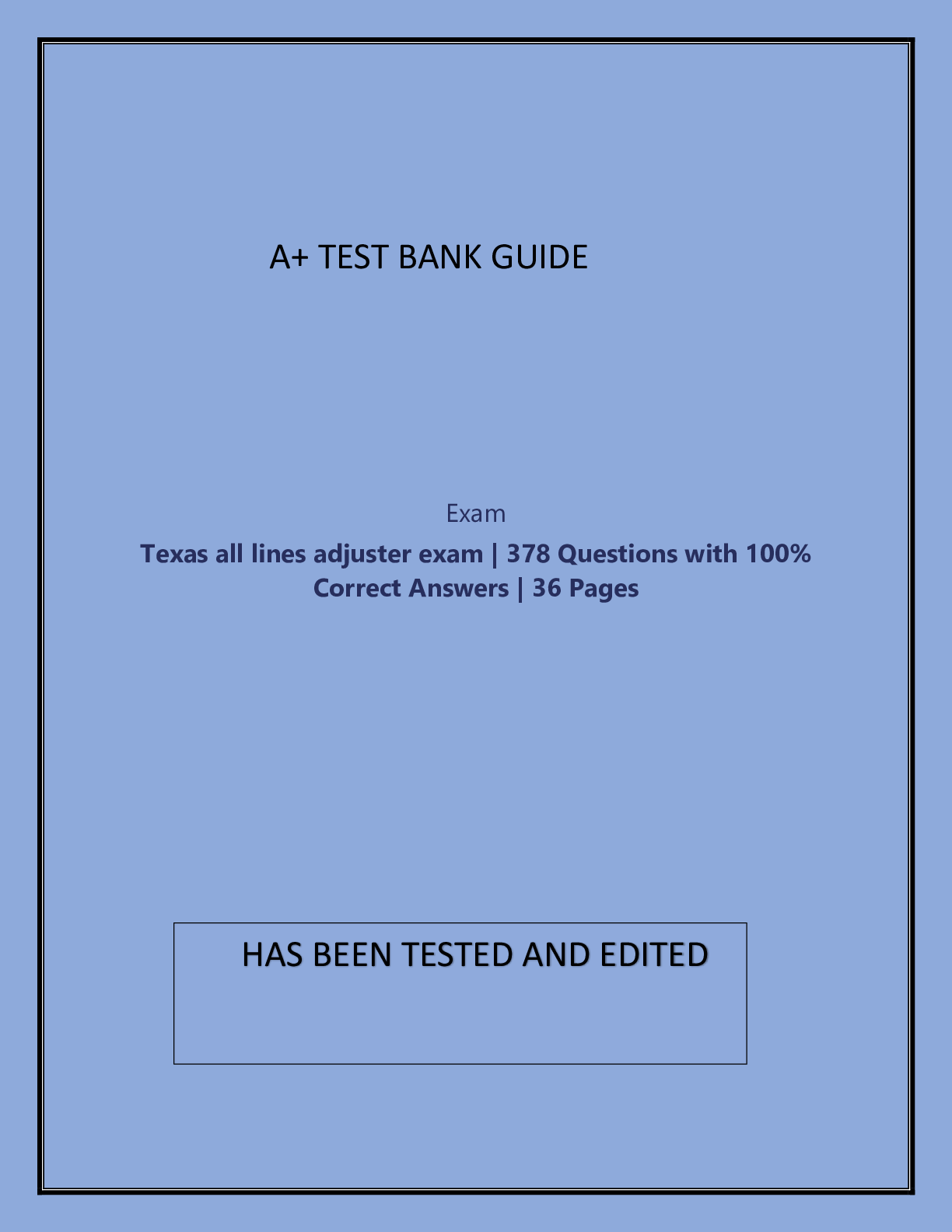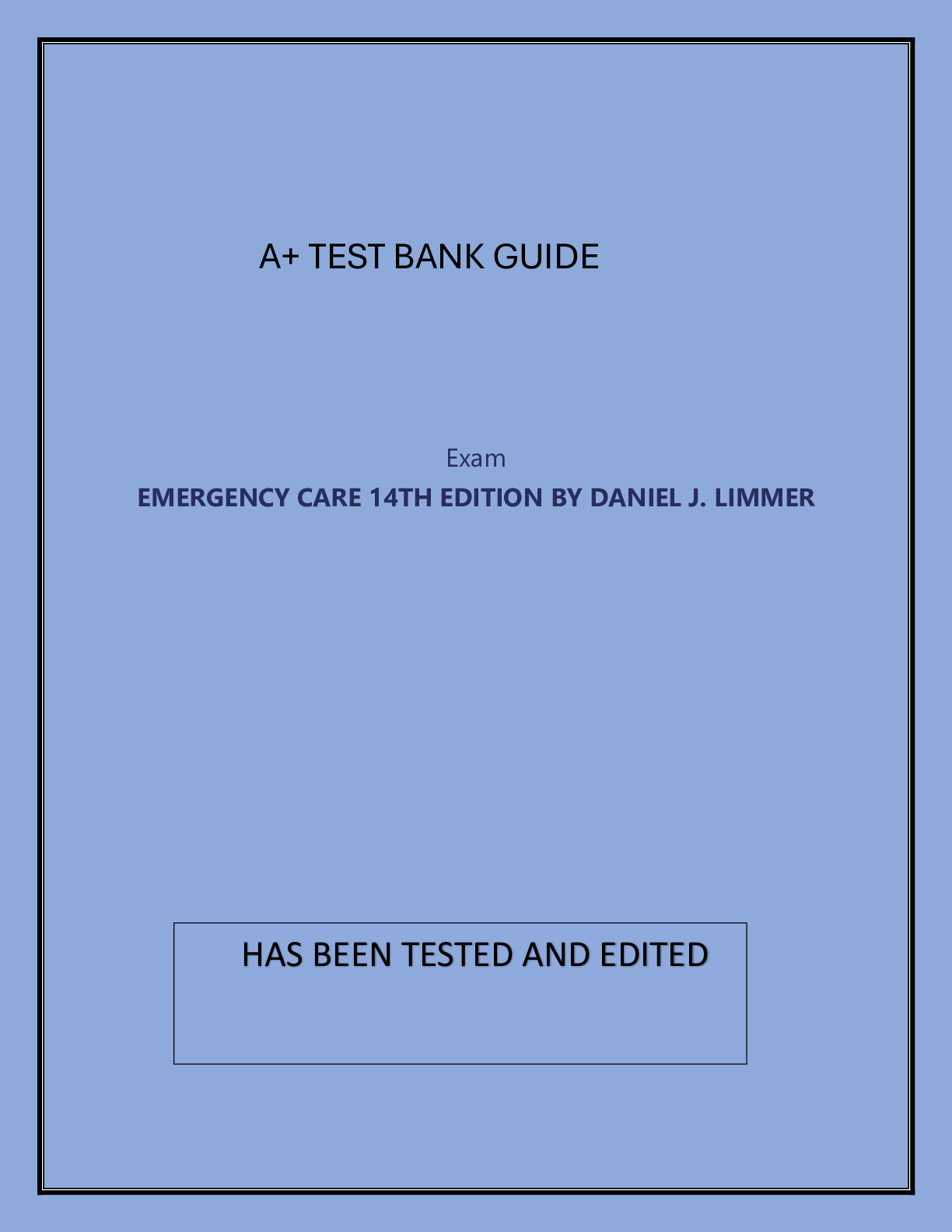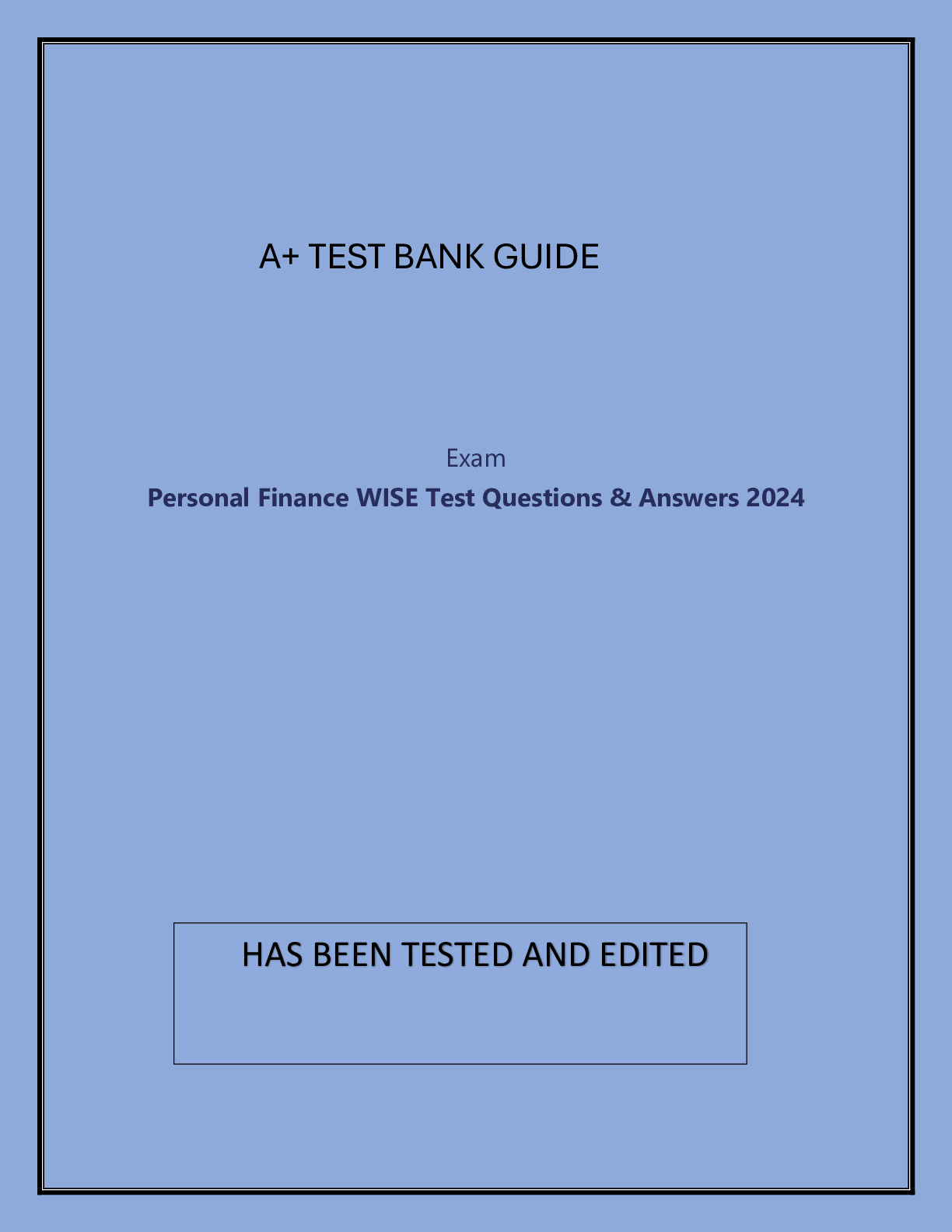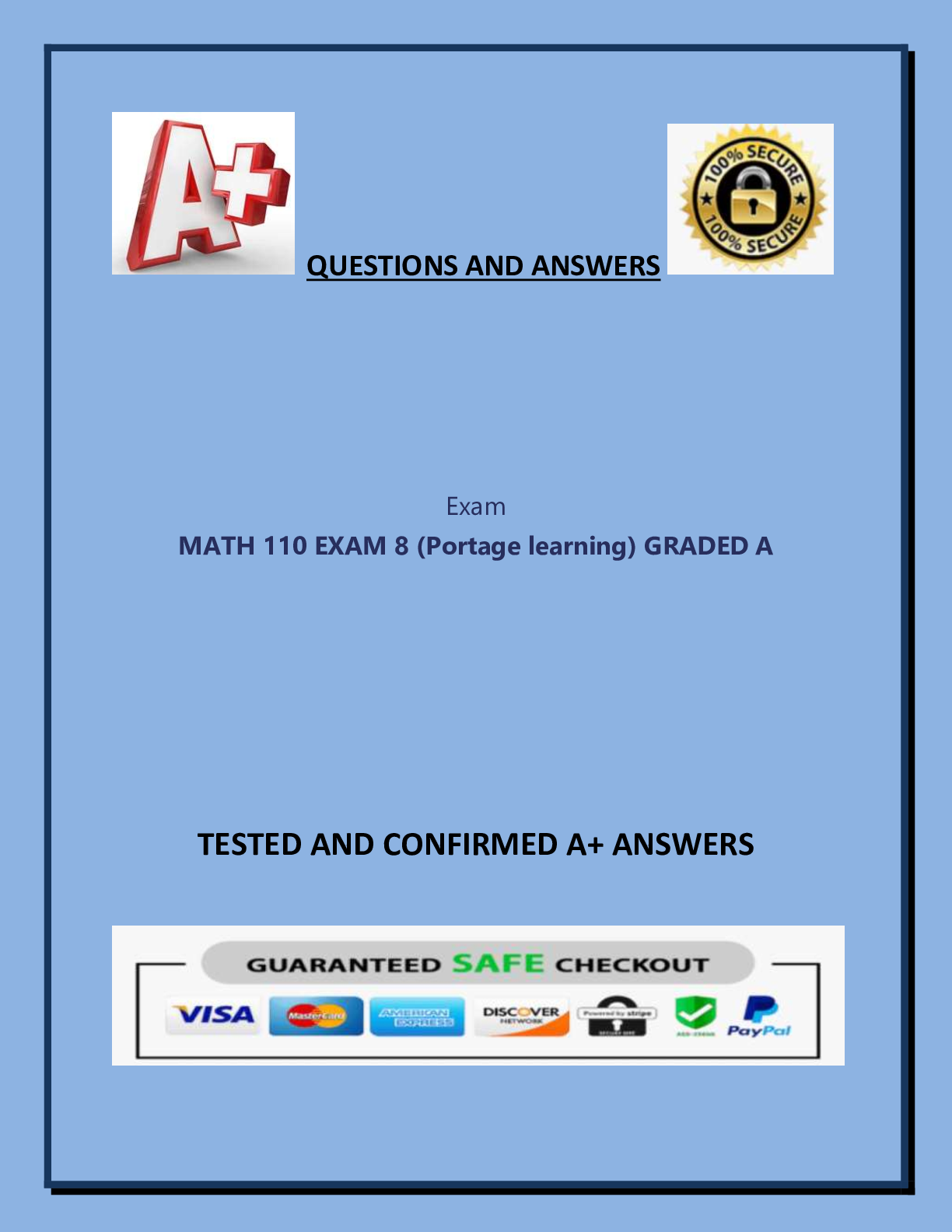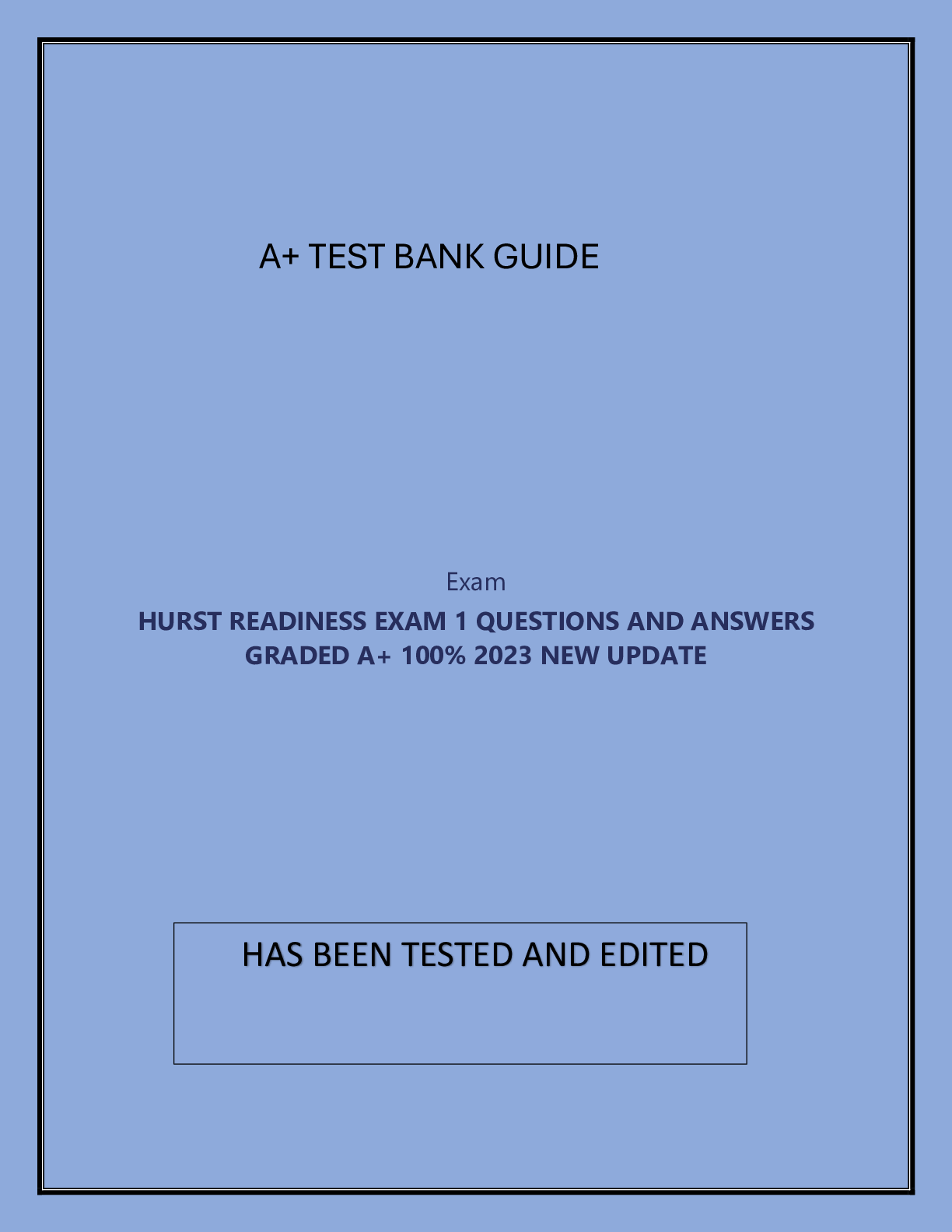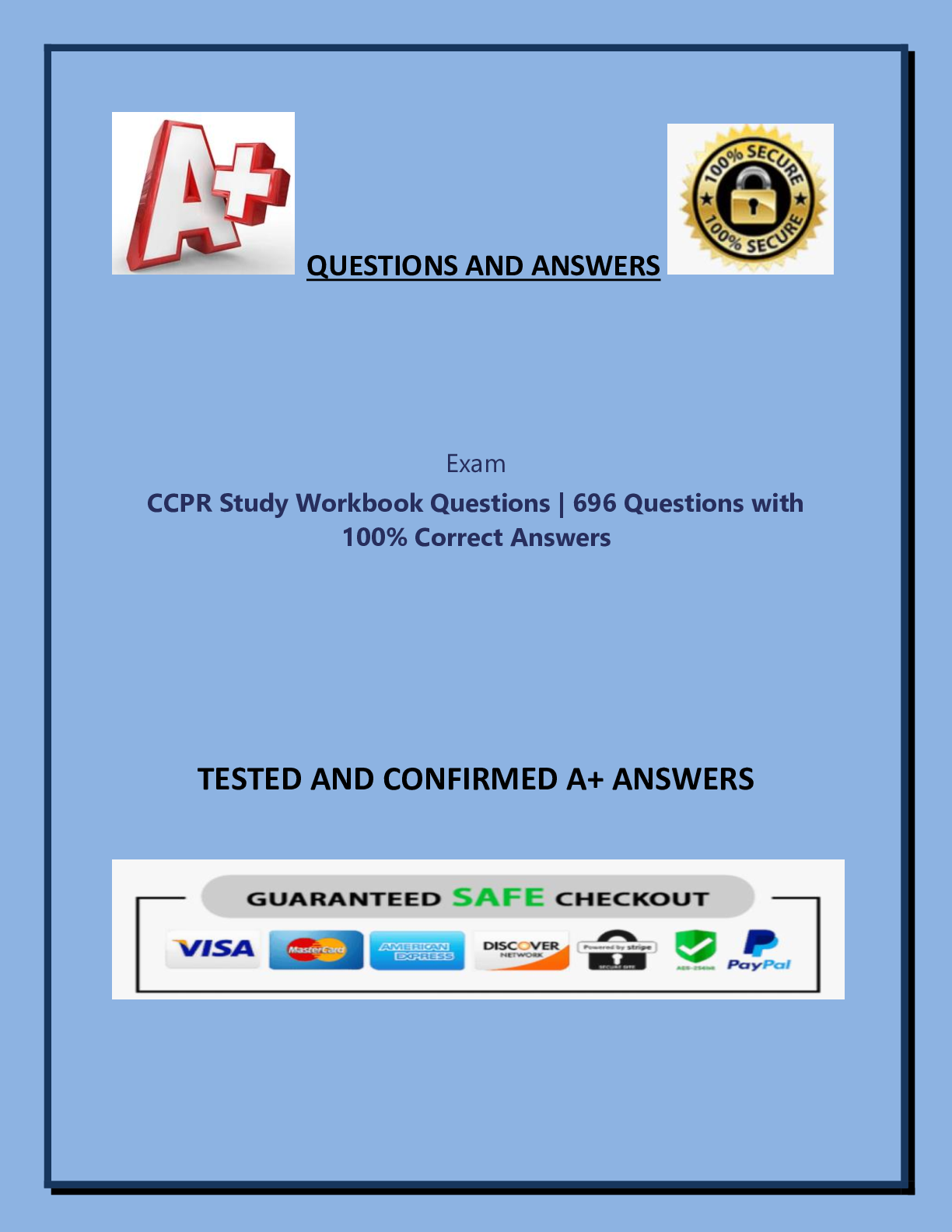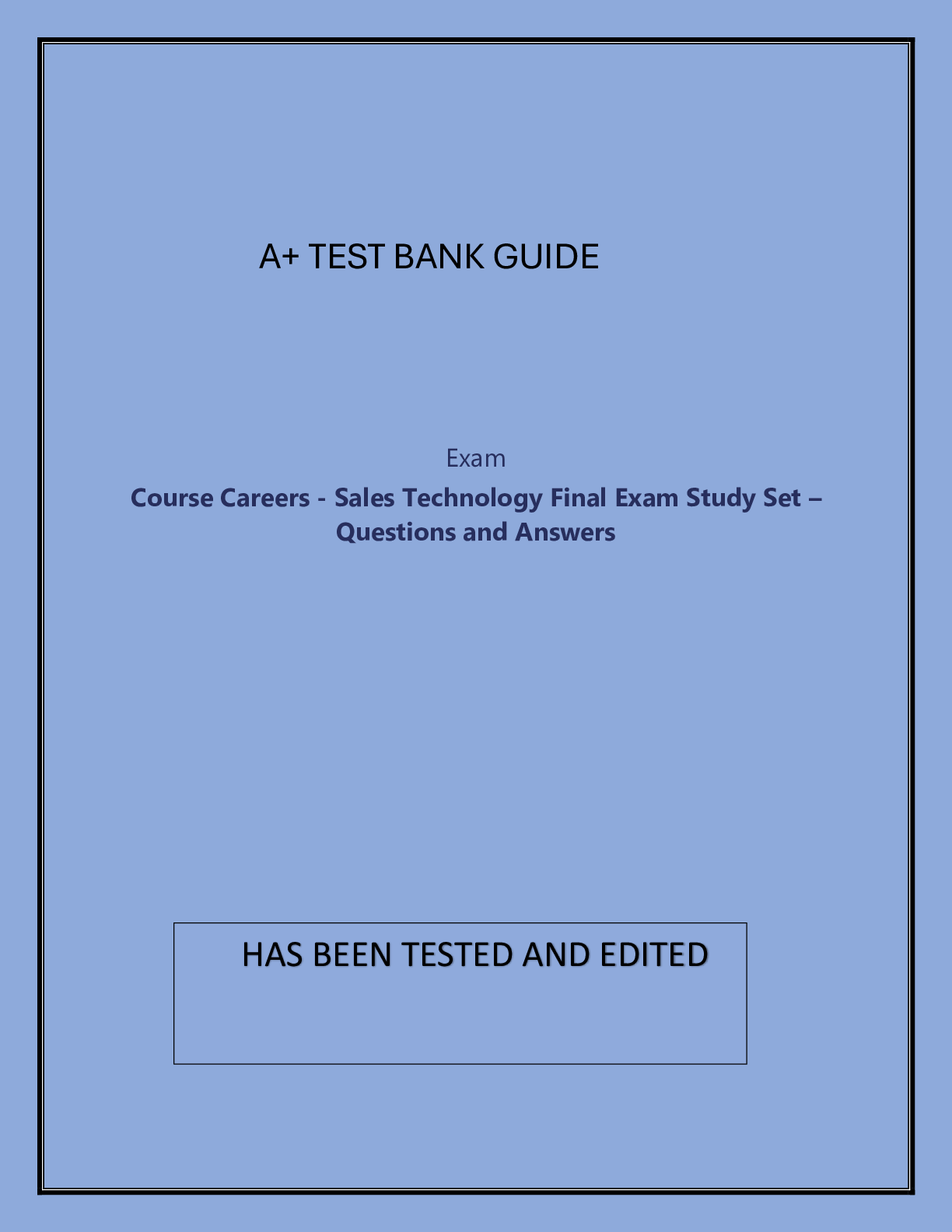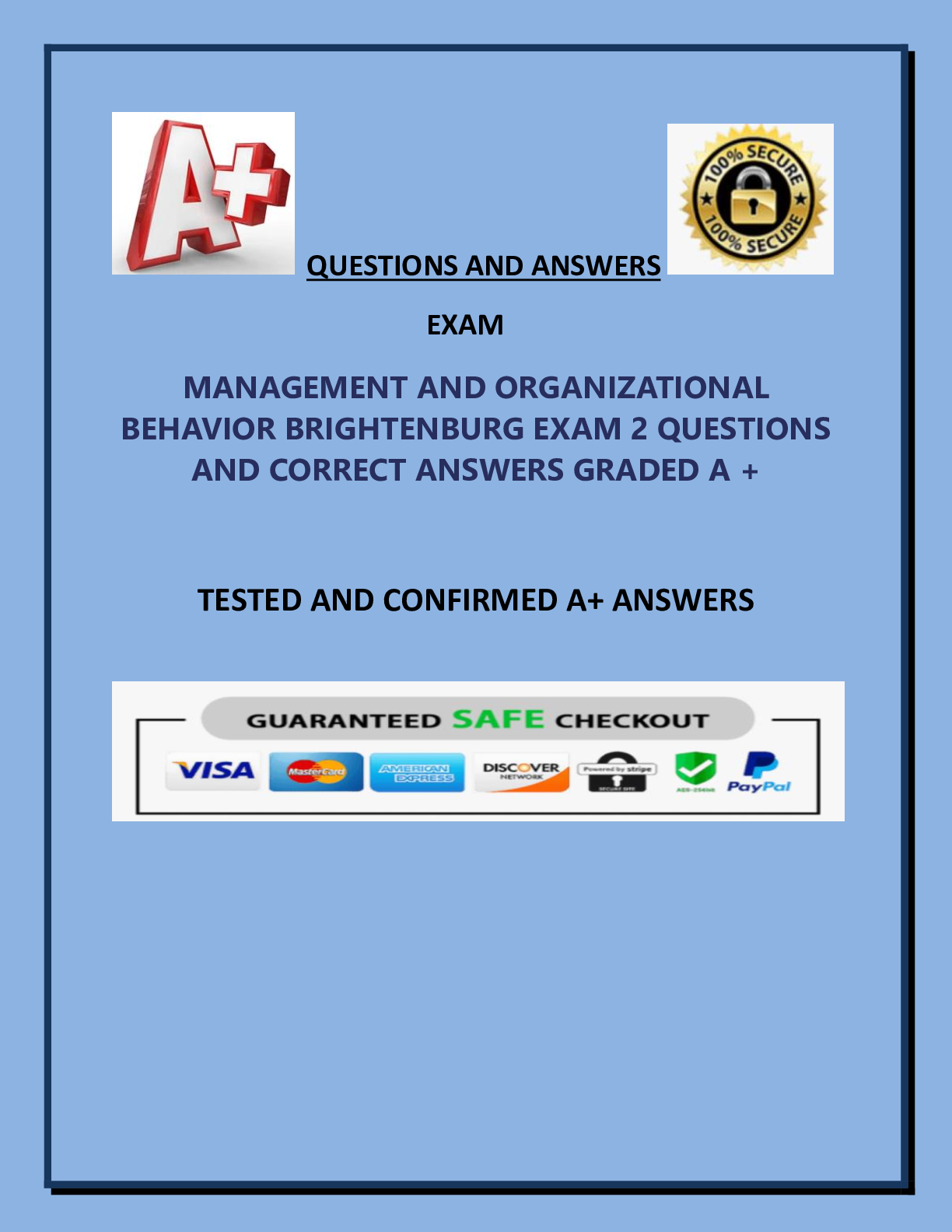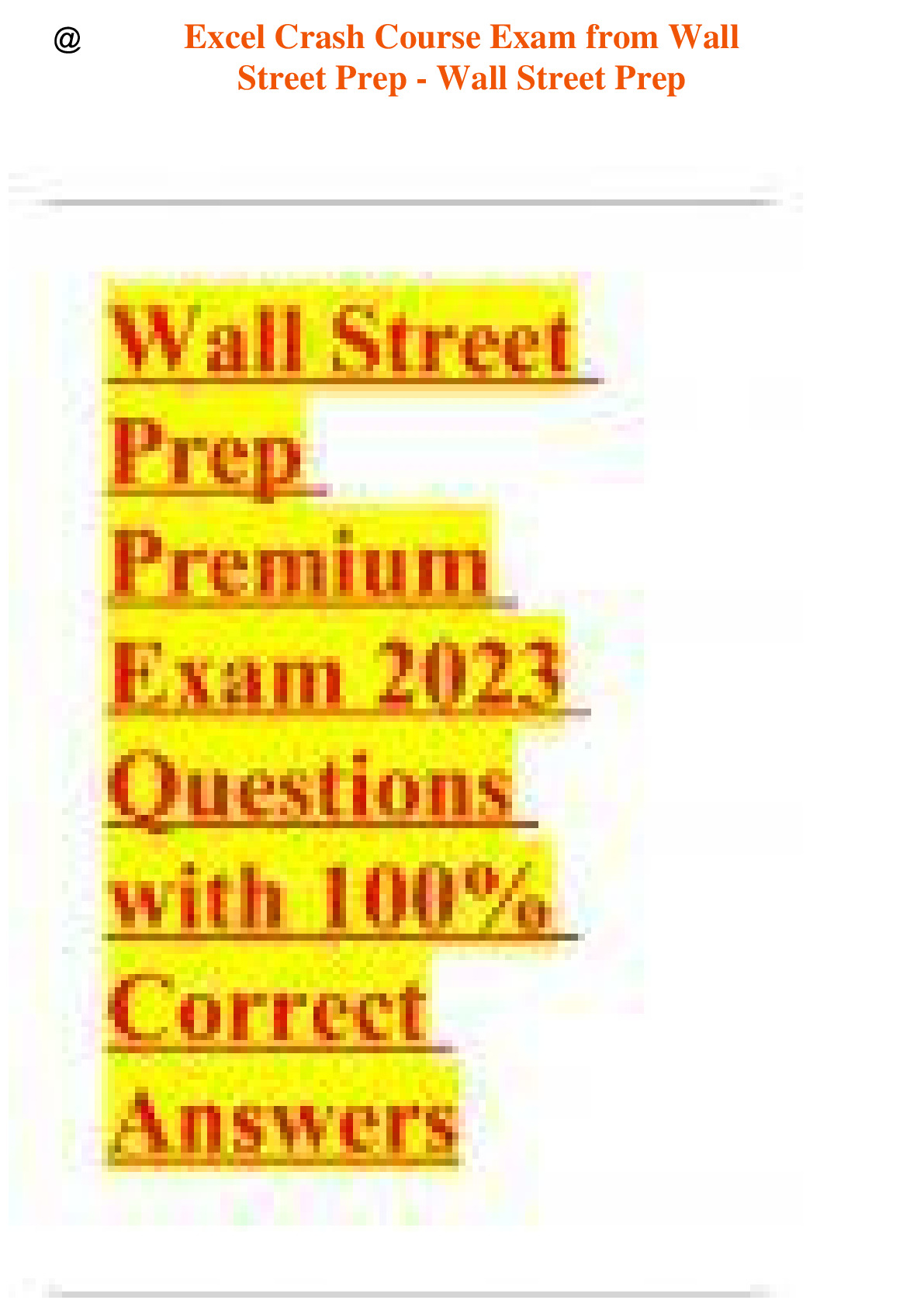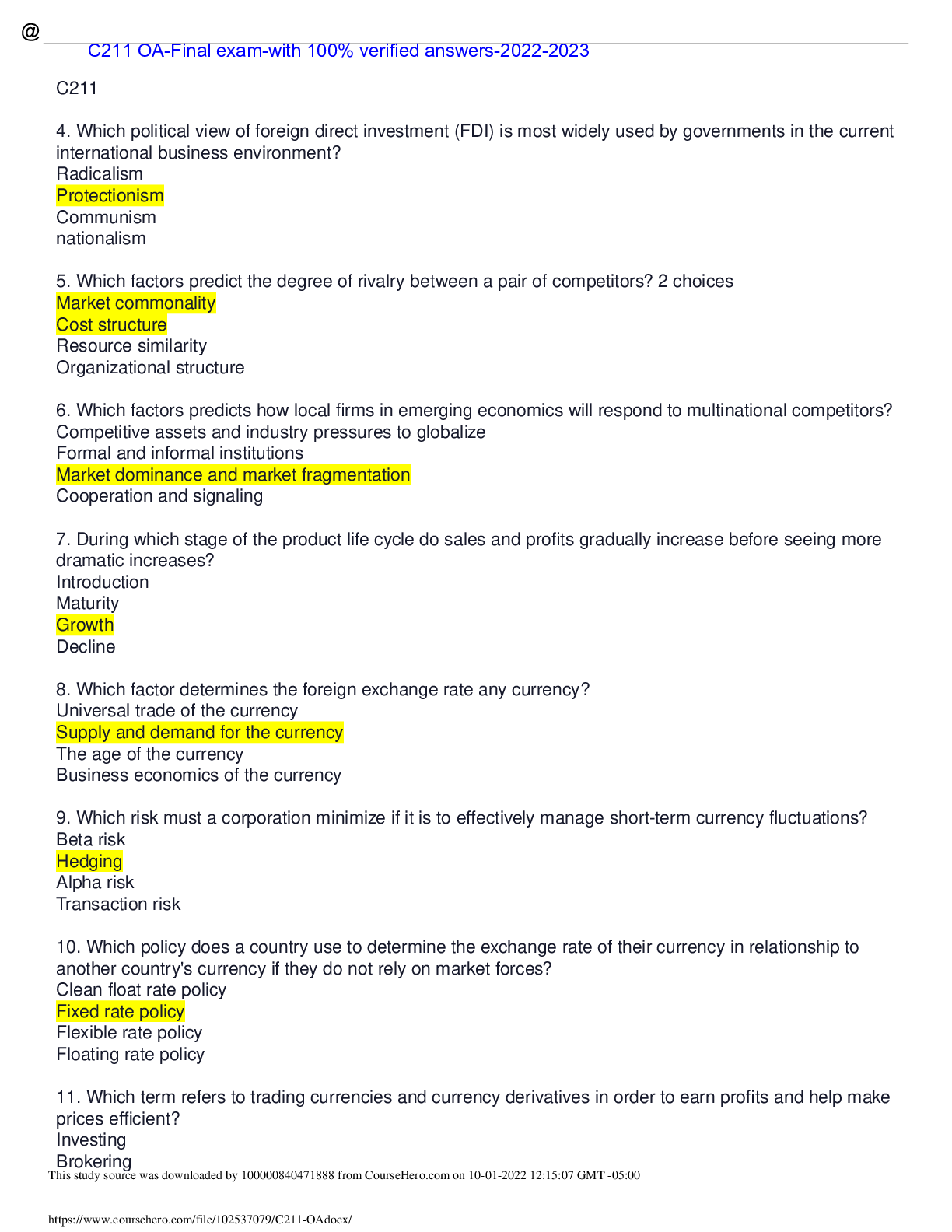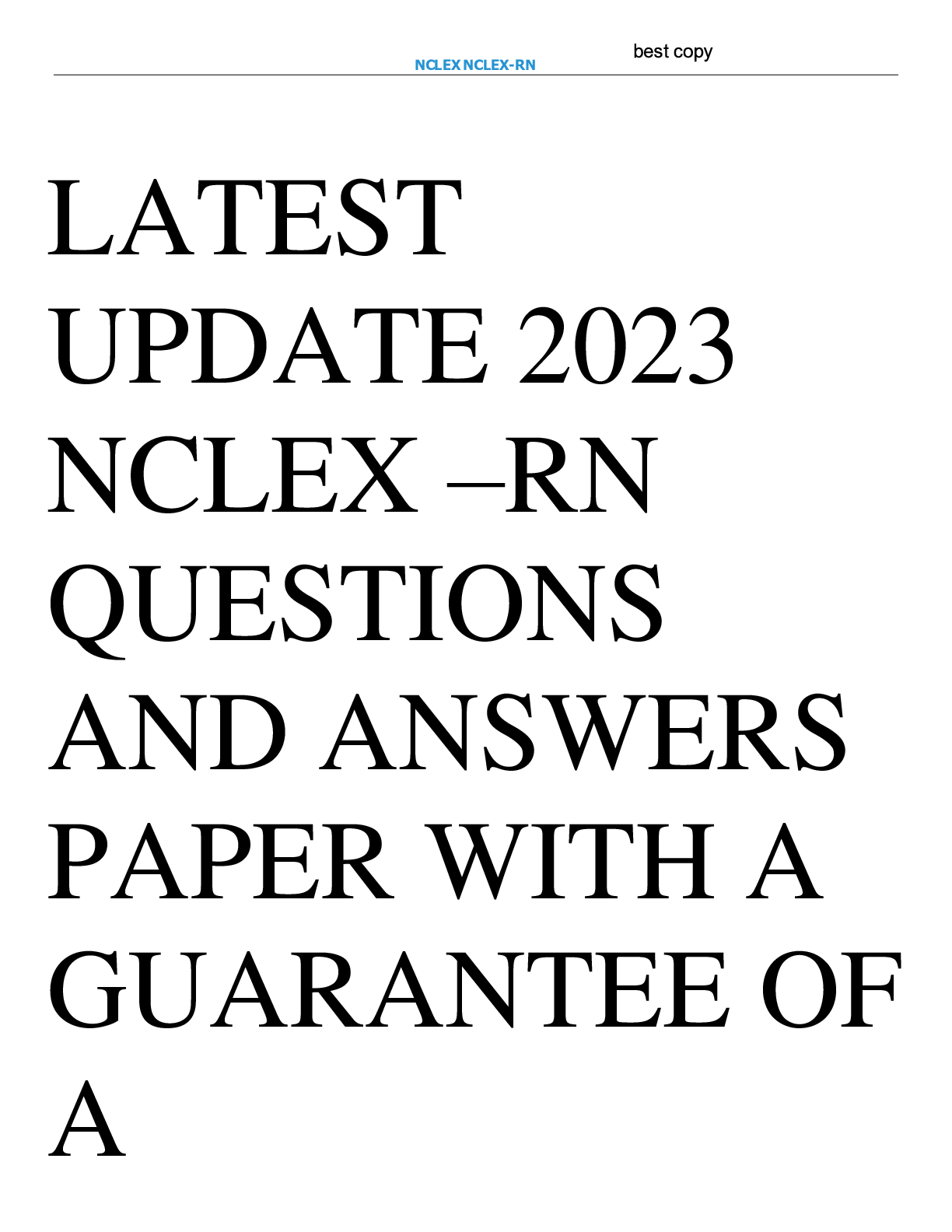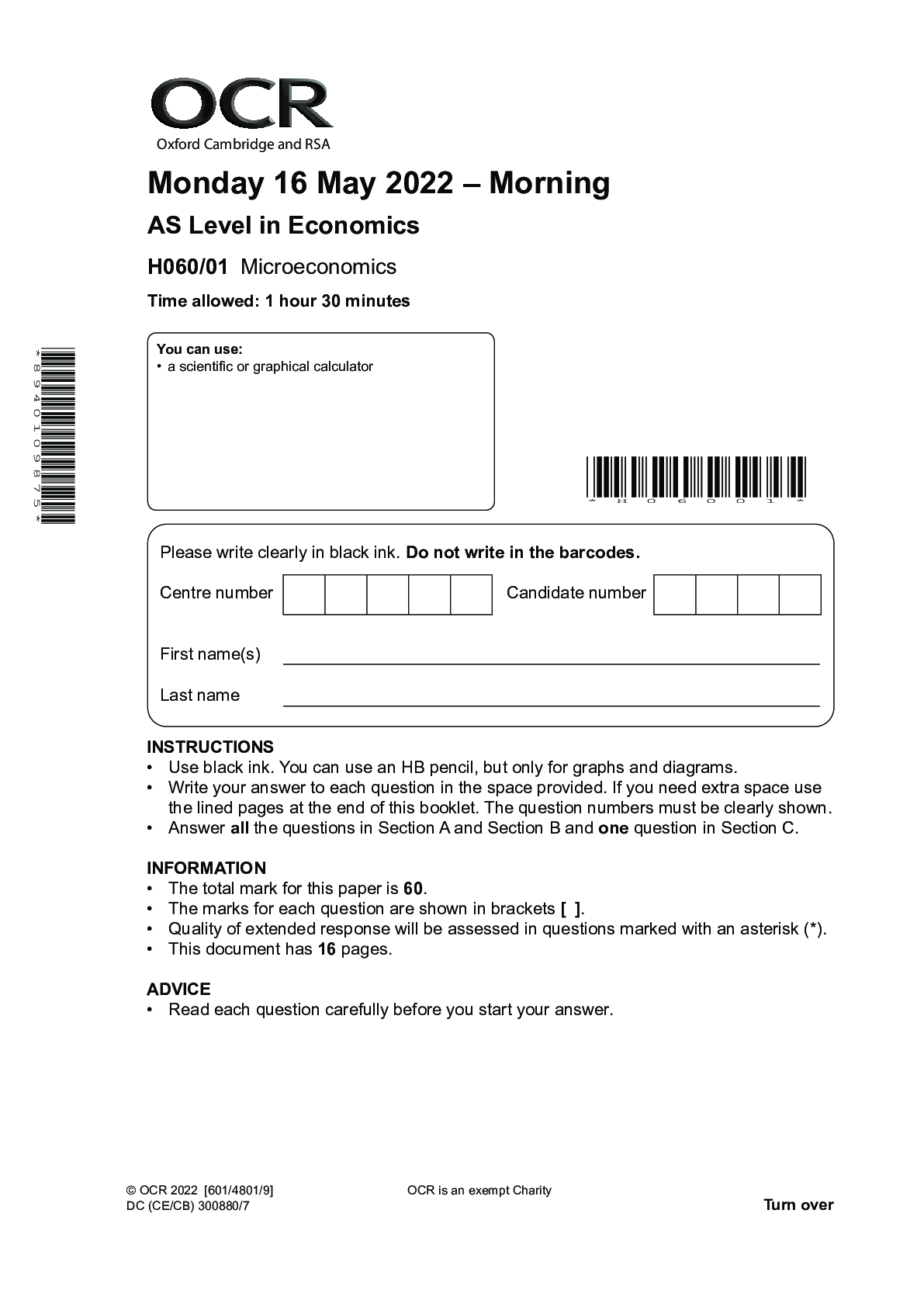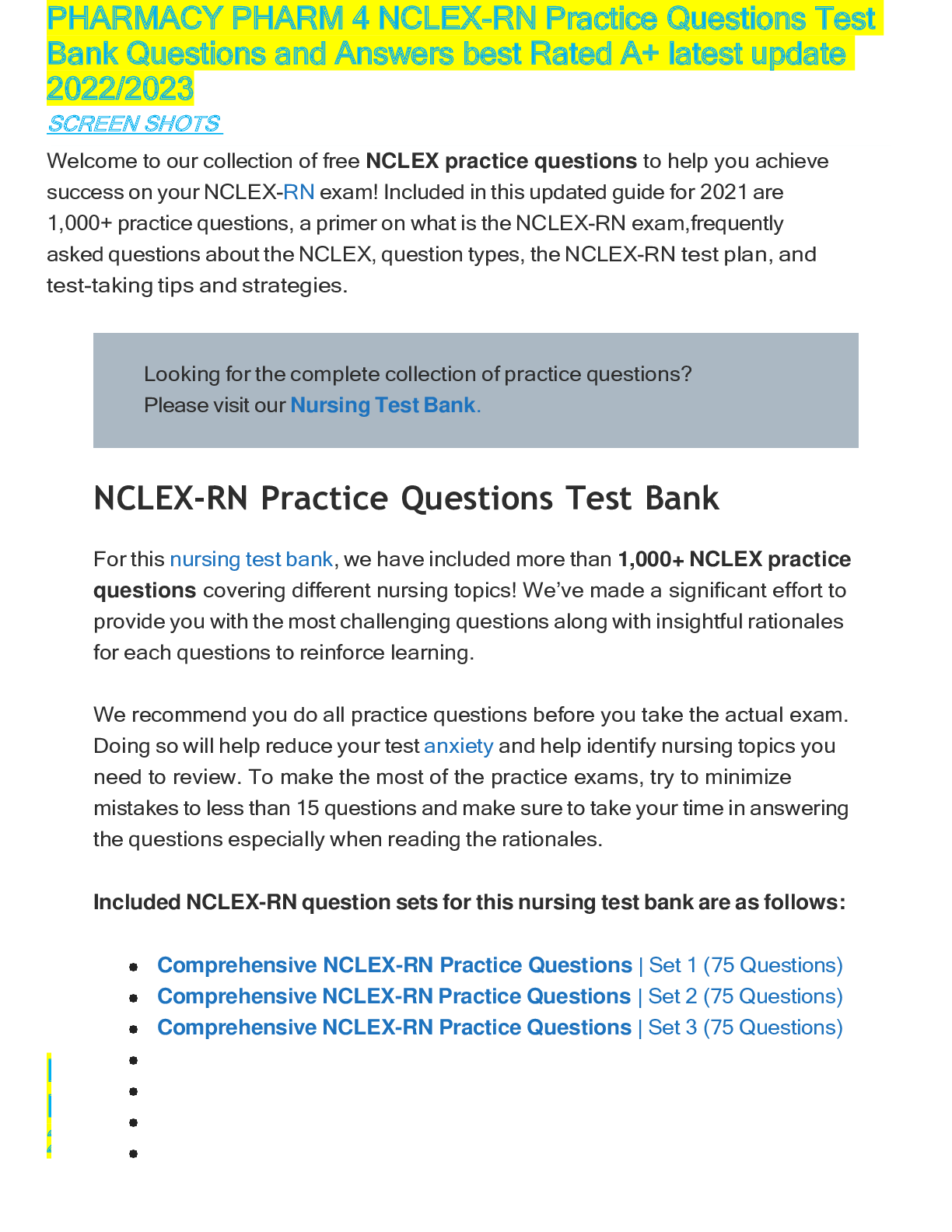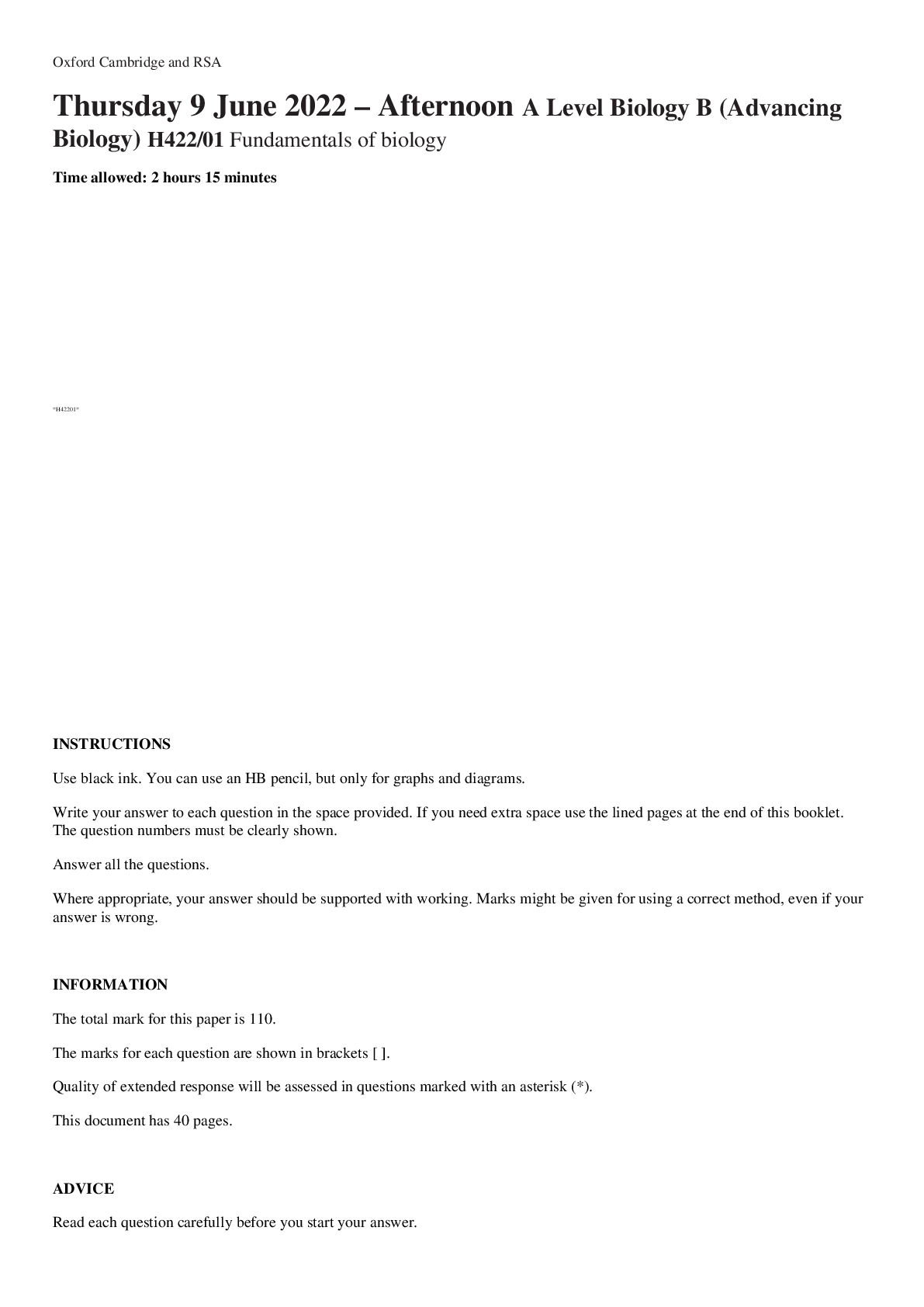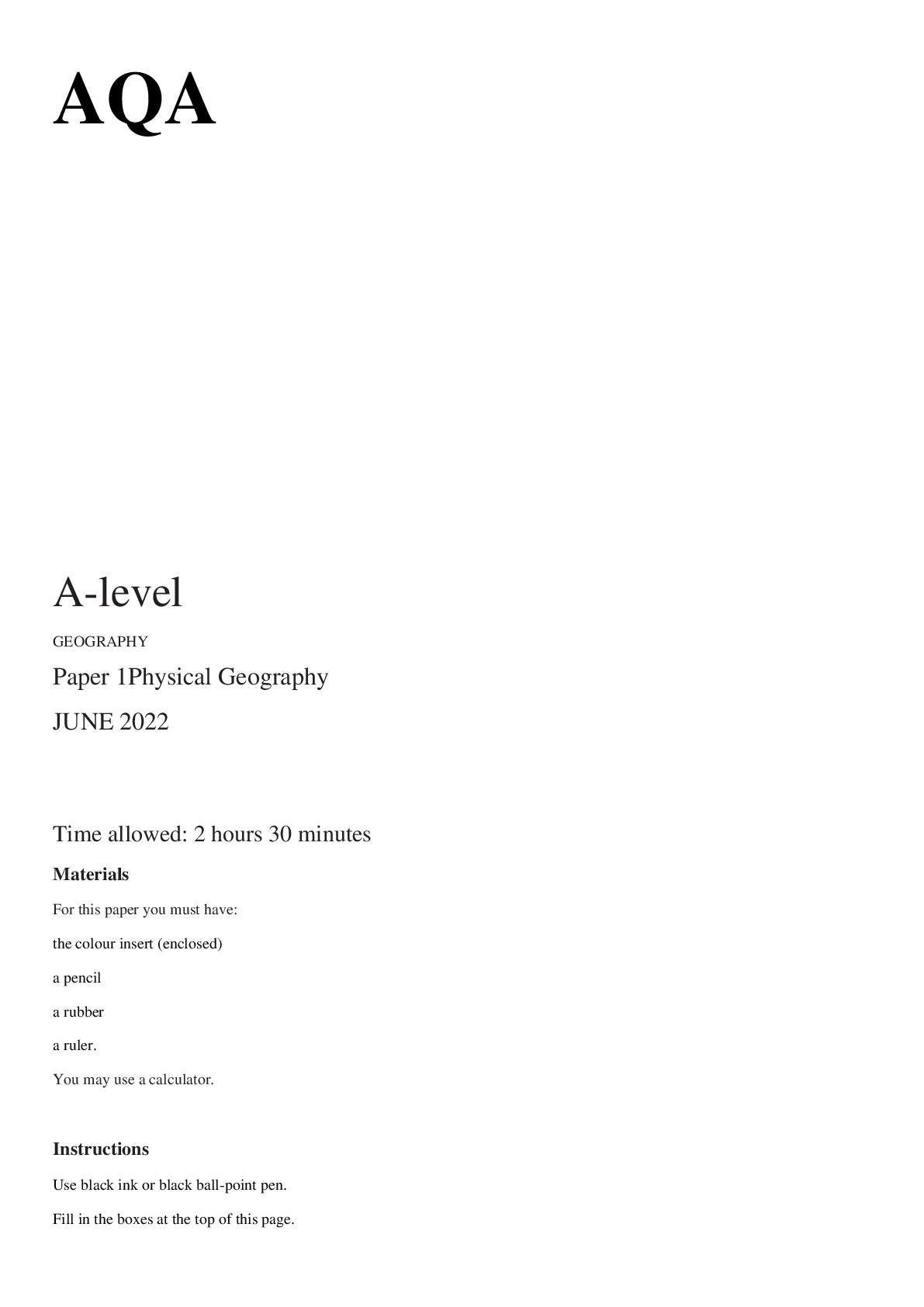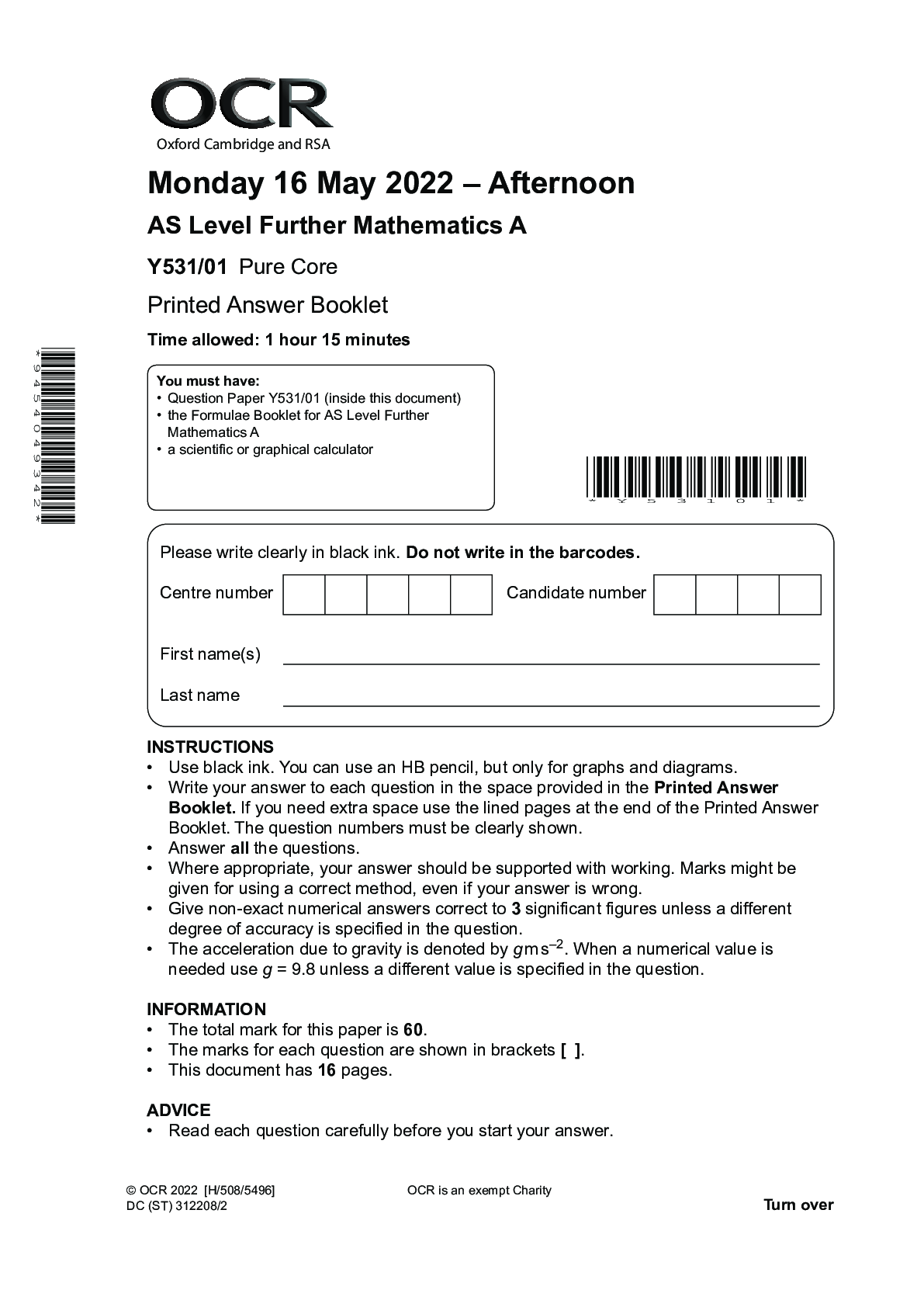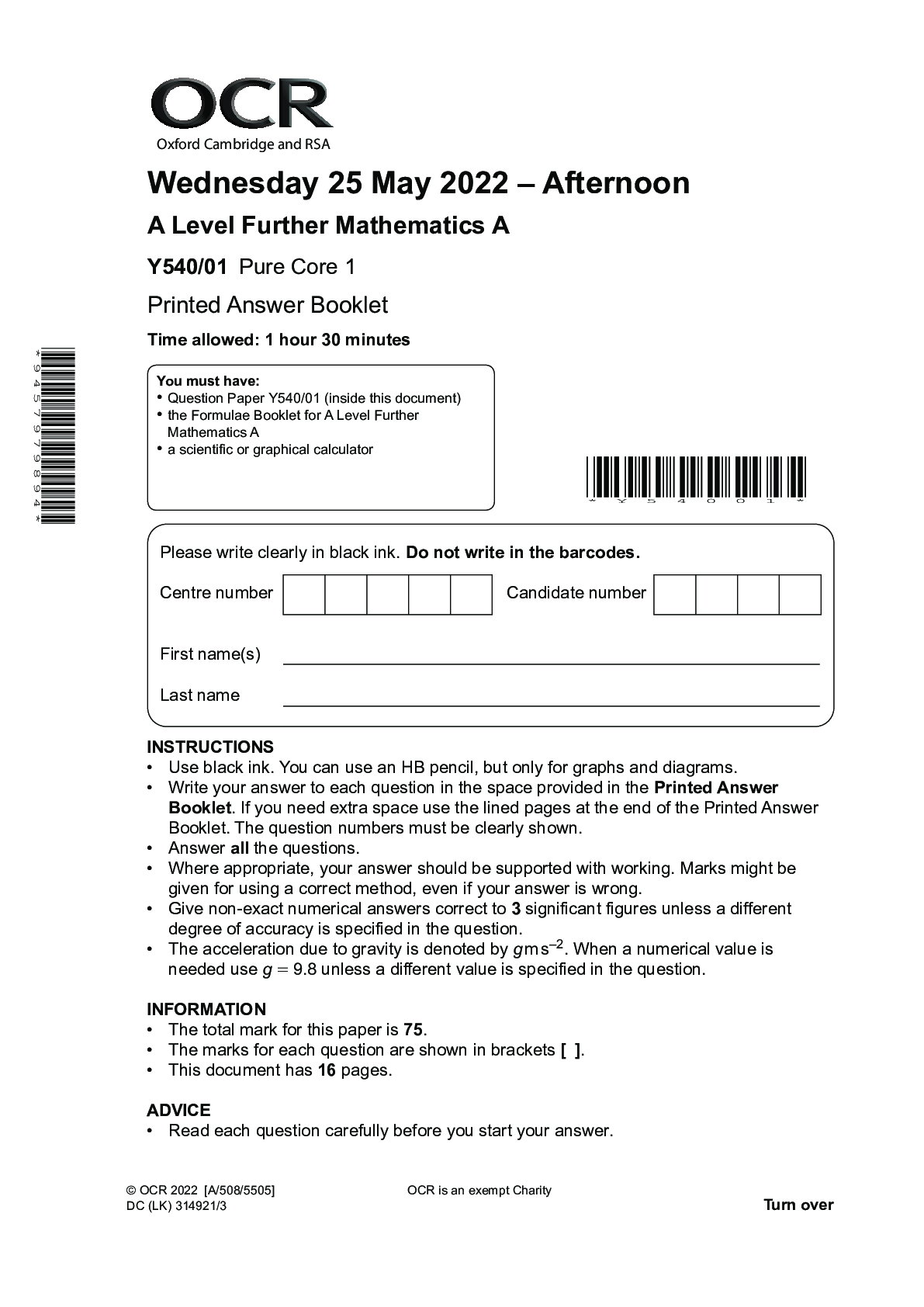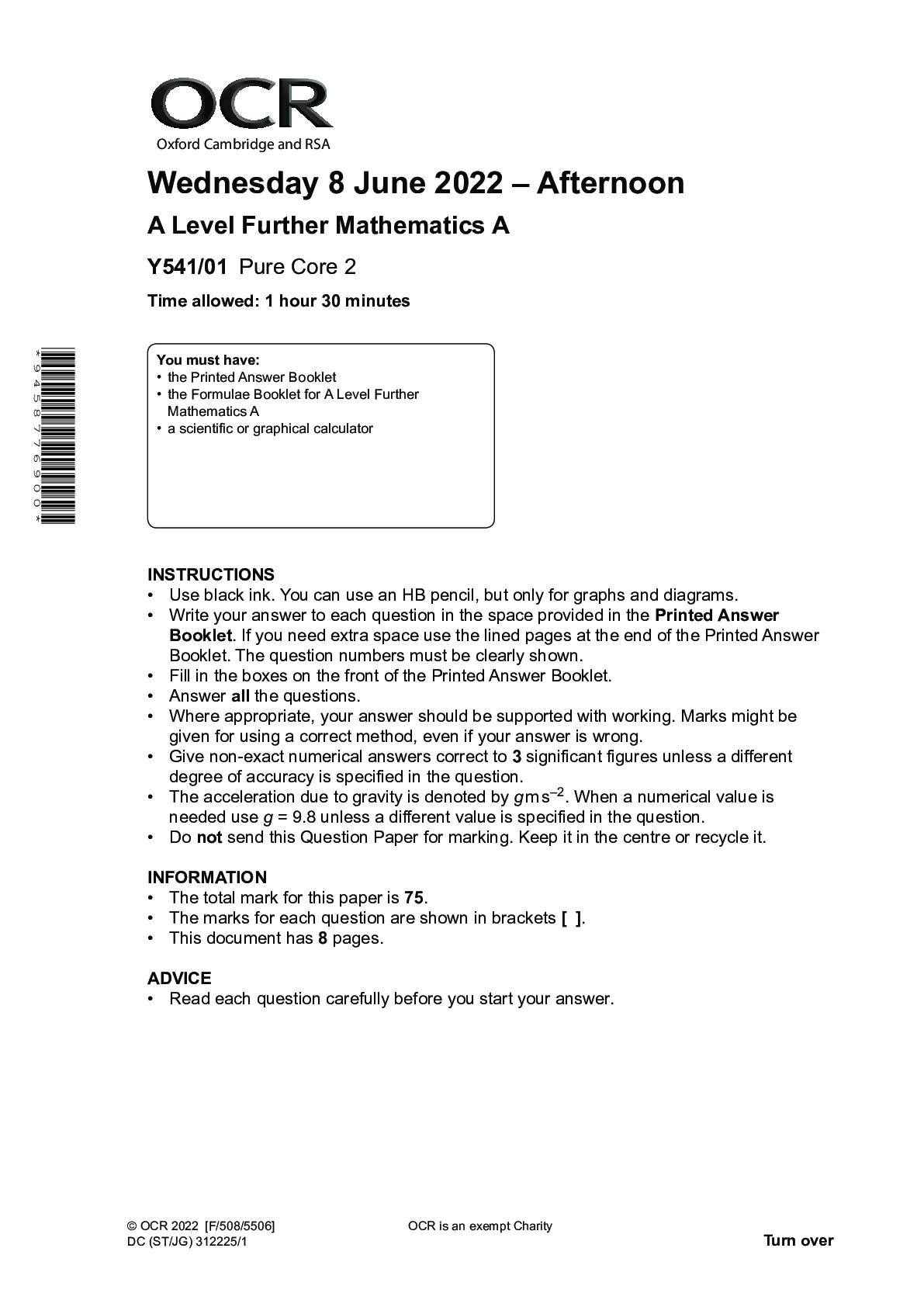Biology > A Level Question Paper > EDF 6223 Exam 2 Question (All)
EDF 6223 Exam 2 Question
Document Content and Description Below
training or reinforcement – selects a stimulus that is the same as the sample stimulus. a. Reflexivity b. Symmetry c. Transitivity 2. describes the stimulus-stimulus relations that emerge as a p... roduct of training two other stimulus-stimulus relations. a. Reflexivity b. Symmetry c. Transitivity 3. can be represented mathematically as A=A. a. Reflexivity b. Symmetry c. Transitivity 4. can be represented mathematically as A=A, B=B, and C=C. a. Reflexivity b. Symmetry c. Transitivity 5. is a type of stimulus-to-stimulus relation in which the learner – without any prior training or reinforcement – demonstrates the reversibility of the sample stimulus and the comparison stimulus. a. Reflexivity b. Symmetry c. Transitivity 6. You only need to meet two of the following to establish stimulus equivalence: symmetry, reflexivity, transitivity. a. True b. False 7. A is a relation between two or more stimuli that is not directly trained or taught and is not based solely on the physical properties of the stimuli. a. Derived stimulus relation b. Psychological event c. Class merger 8. allows you to make an arbitrary relational response between stimuli. a. Contextual cues b. Physical prompting c. Stimulus equivalence 9. Severalspecies are capable of relational responding. a. True b. False 10. Symmetry is a special case of mutual entailment, but not all mutual entailment is symmetry. a. True b. False 11. An antecedent stimulus that evokes the imitative behavior is: a. Chaining of behaviors b. An imitative response chain c. An operative behavior d. A model 12. The model and the behavior must have: a. Formalsimilarity b. Environmental relations c. Behavioralrelations d. Imitative behaviors 13. After the model evokes an imitation, that behavior comes into contact with contingencies of: a. Similarity b. Antecedent control c. Reinforcement d. Punishment 14. If progress breaks down while conducting imitation training, the practitioner should: a. Reduce the speed of the lesson b. Back up and move ahead slowly c. Change to an alternative behavior then return d. Remove that behavior from the repertoire 15. An example of imitation is when your child claps their hands for the first time after watching their brother clap his hands to a song: a. True b. False 16. A behavior that has with, follows, and is controlled by the model is known as imitation. a. Formalsimilarity; immediately b. Formalsimilarity; occasionally c. Temporalsimilarity; usually d. Temporalsimilarity; immediately 17. is a novel response that could only occur by observing a model emit a similar response. a. Shaping b. Chaining c. Imitation d. Differential reinforcement 18. An example of imitation is when your child claps their hands each time you clap your hands to a novel song. a. True b. False [Show More]
Last updated: 3 weeks ago
Preview 1 out of 7 pages

Reviews( 0 )
Document information
Connected school, study & course
About the document
Uploaded On
Apr 08, 2024
Number of pages
7
Written in
Additional information
This document has been written for:
Uploaded
Apr 08, 2024
Downloads
0
Views
884

